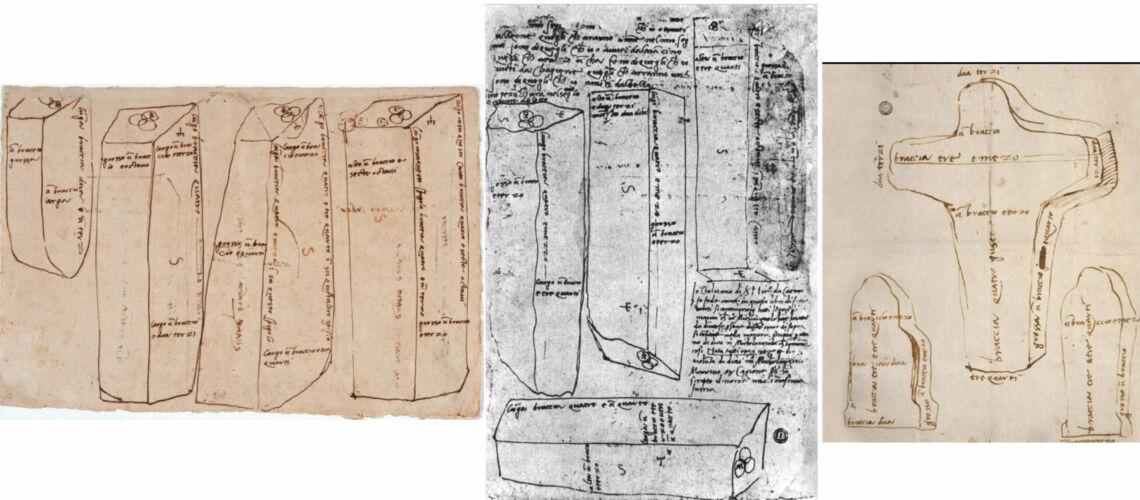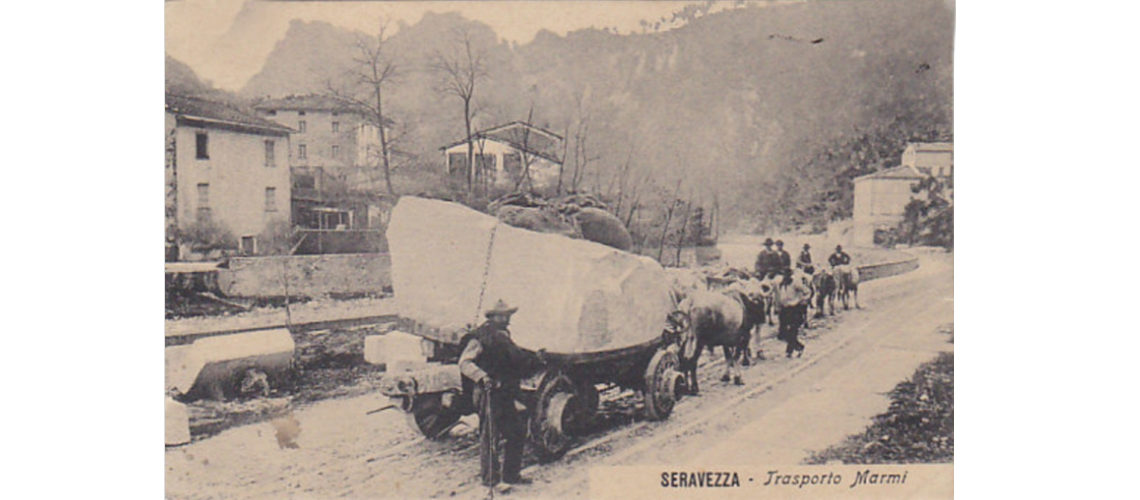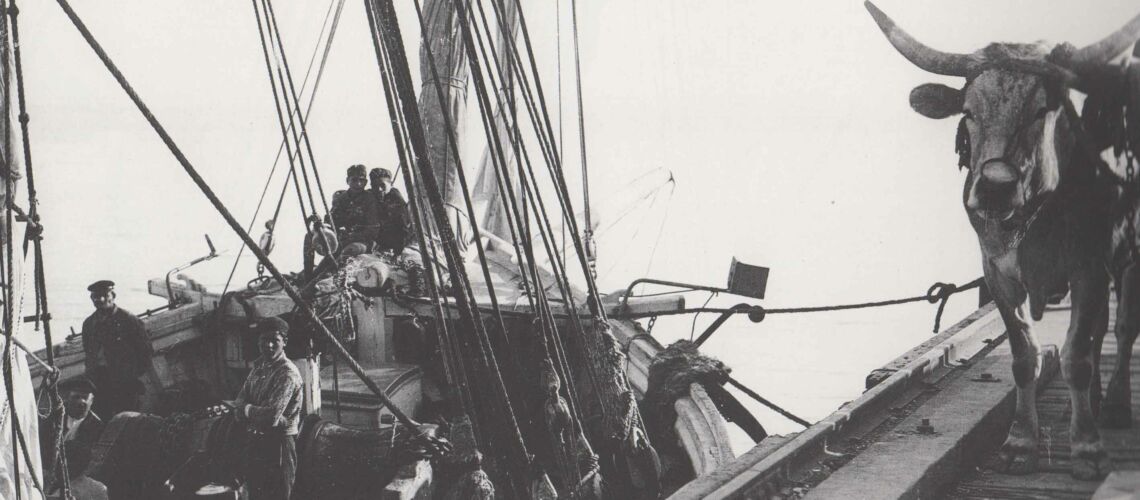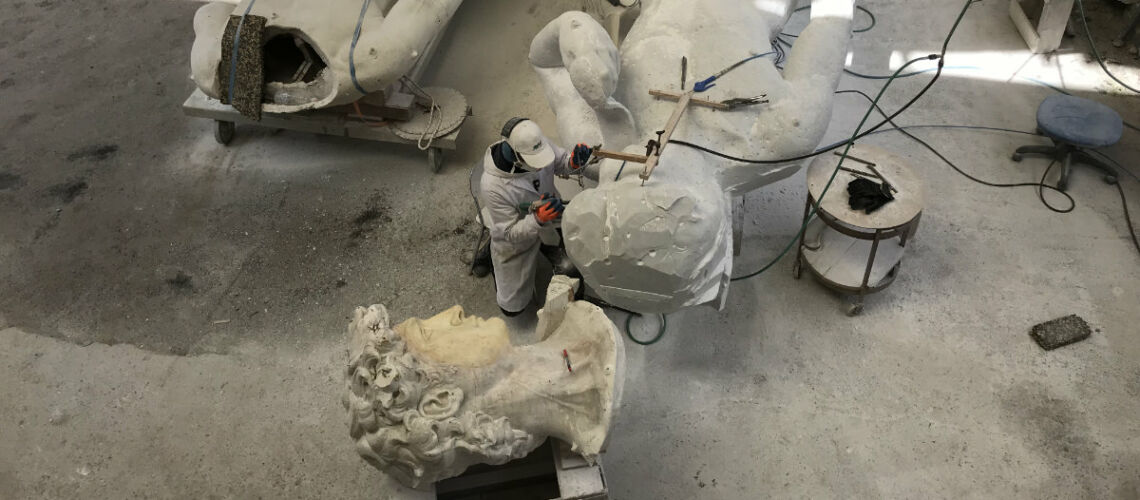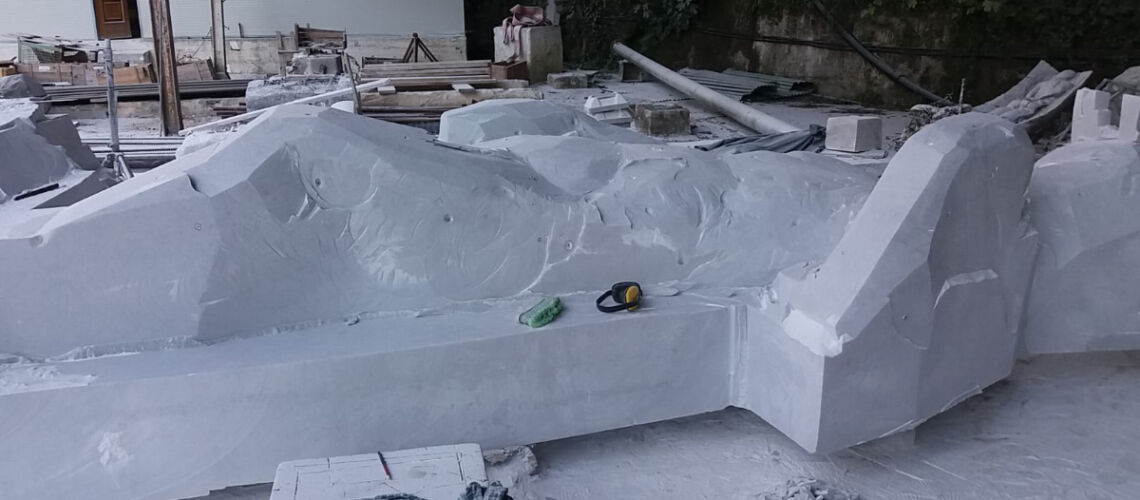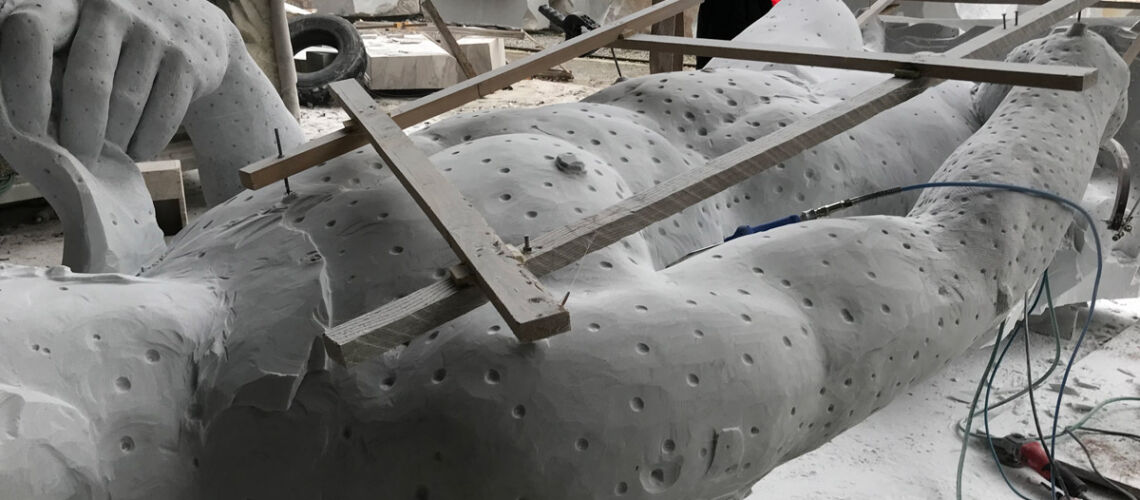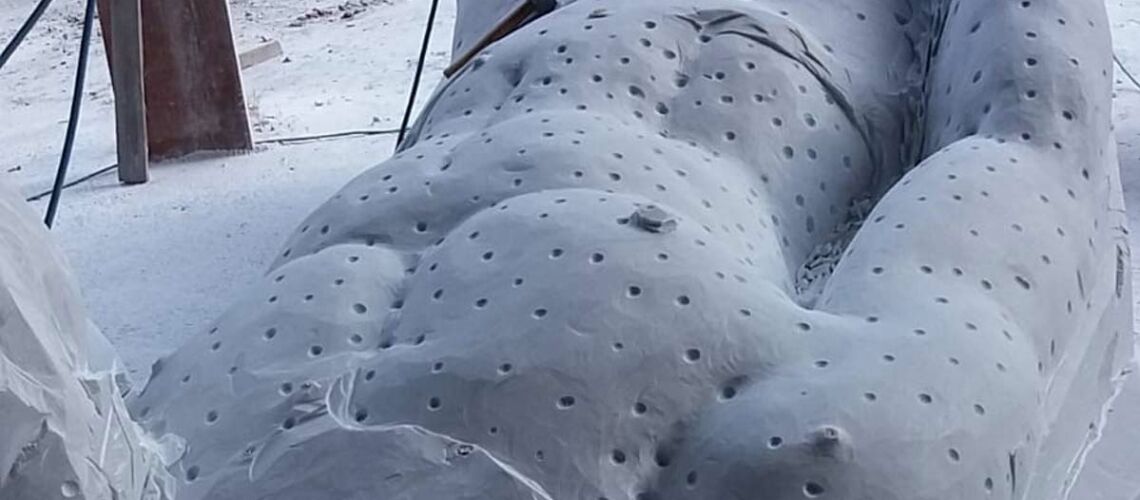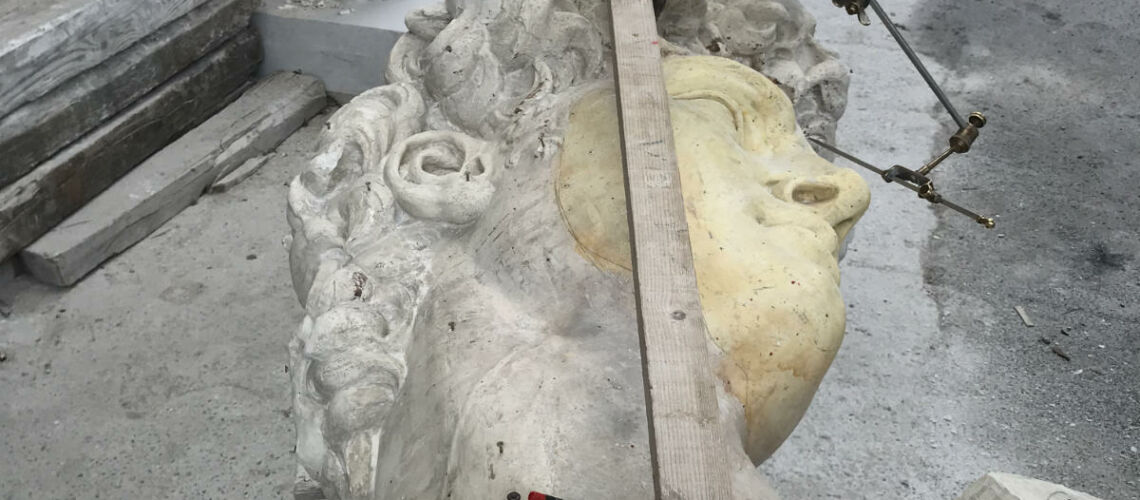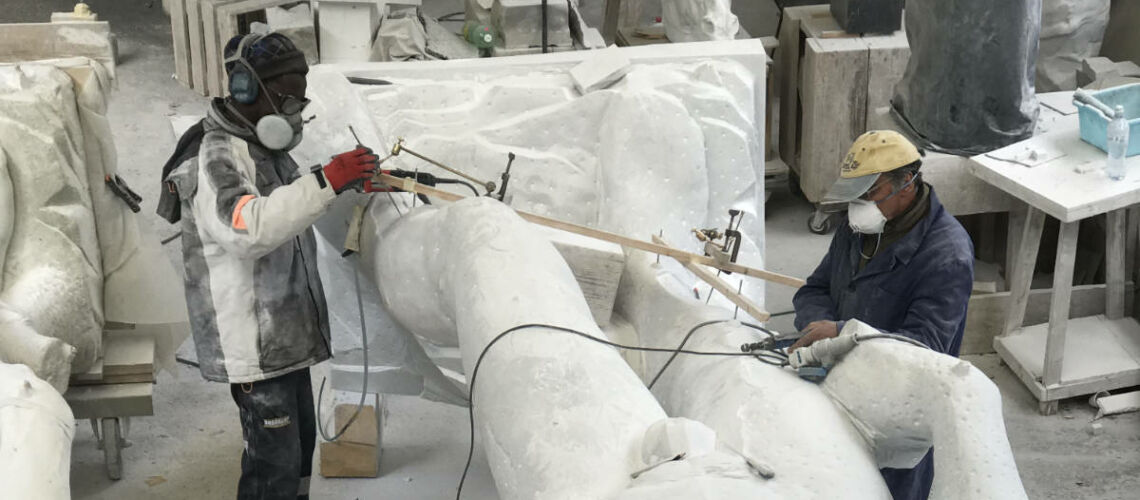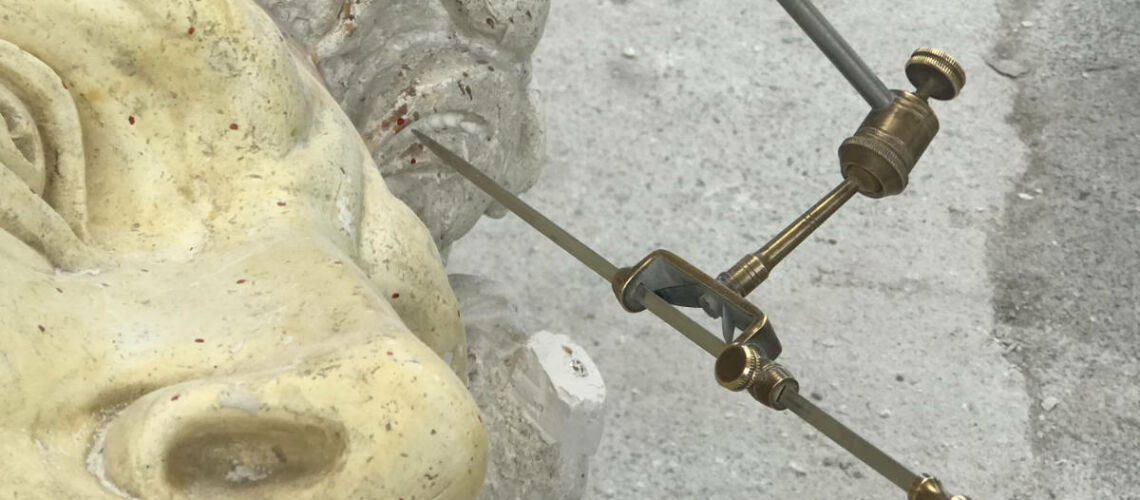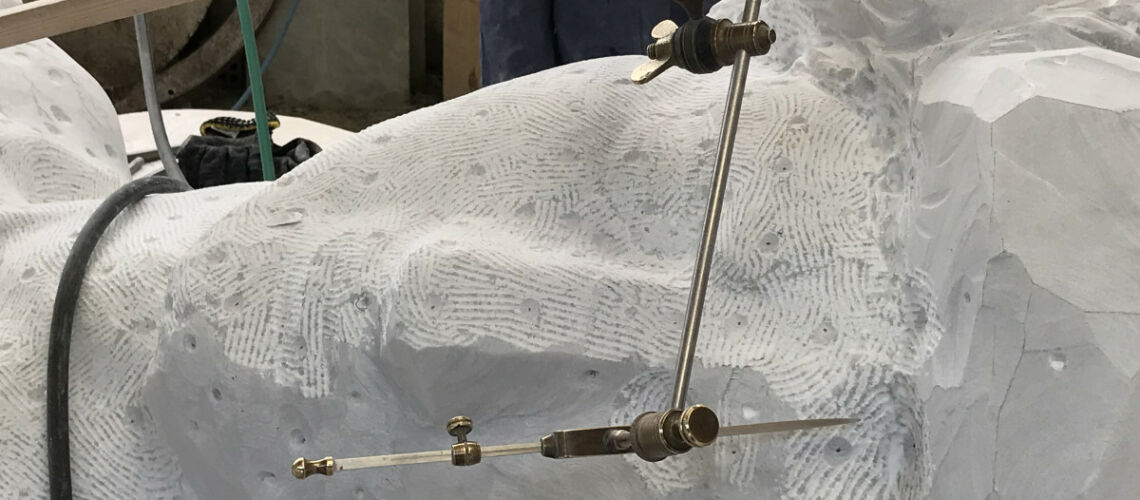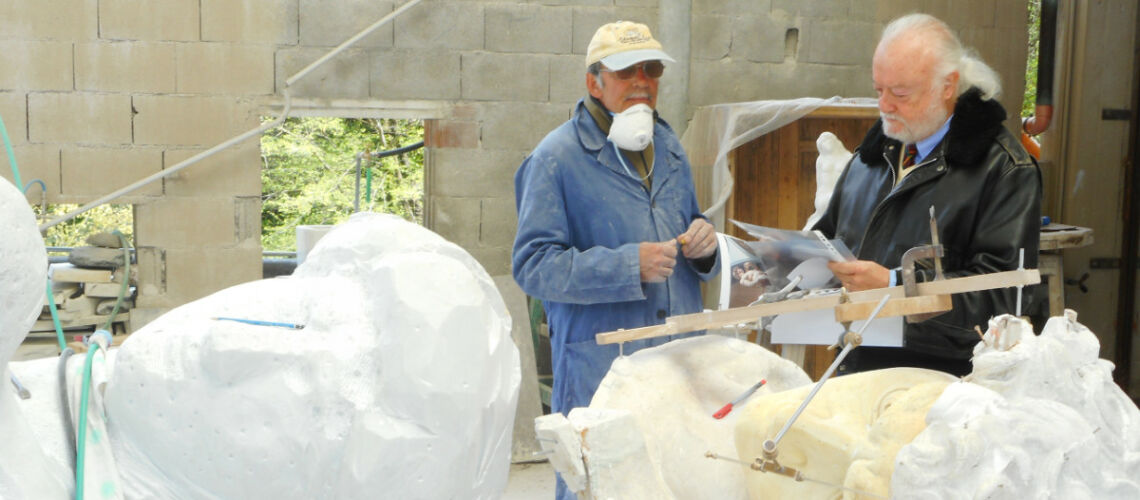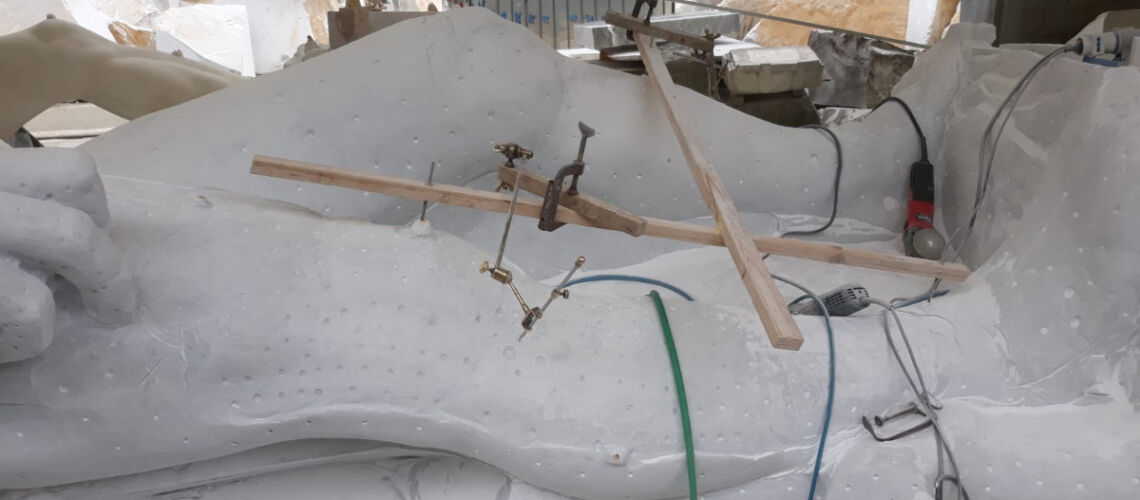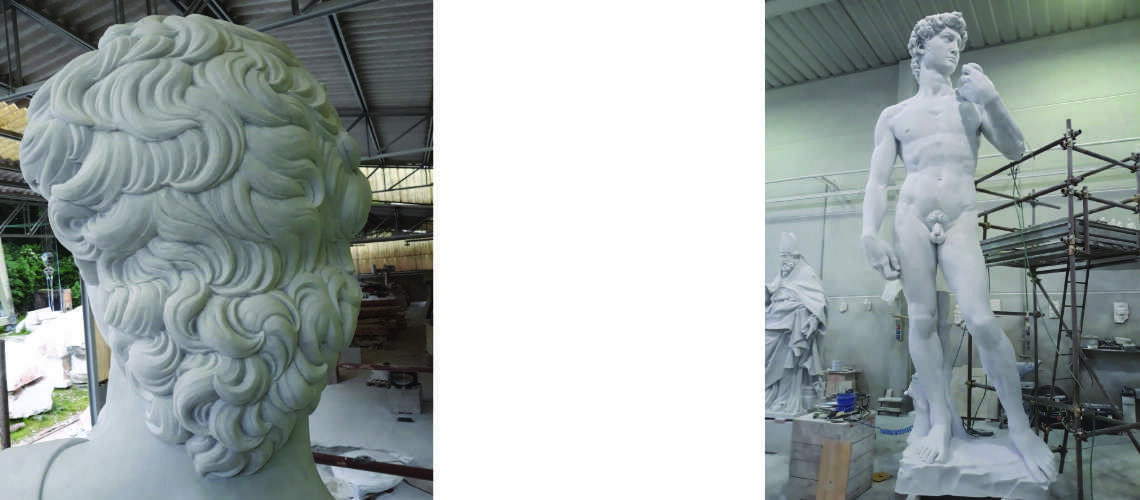Michelangelo and the David - Part III
The Masterpiece and its history
The execution
There is no news on how Michelangelo worked to arrive at the finished David. We only know that the block entrusted to him had already been badly rough-hewn by others to make a giant prophet to be placed on the spurs of the Cathedral, without ever being finished.
However, Michelangelo managed to “pull” out of the block the David, one of the marvels of the Renaissance, of perfect proportions.
Normally the sculptors followed (and in some sculpture studios they still follow) a particular process, which even Michelangelo would have followed if the block of marble had been virgin, which consisted of various phases:
the first was a visit to the Carrara marble quarry, in this case the Fantiscritti quarry, to look for and choose the right block for the sculpture to be made; the block had to be of white marble without veins and without visible nor hidden cracks. Only quarrymen and sculptors with great experience were able to understand, from the outside of the block, how it appeared inside.
Once the perfect block was found, the sculptor sketched the volumes that the finished sculpture would have had on all its sides, in black chalk or red chalk, then asking the quarryman to roughly shape the block by removing the unnecessary ones.
Drawings by Michelangelo for the marble quarrymen, with indications for the first roughing out of the volumes
The block, brought from the quarry to the port on carts pulled by a few pairs of oxen, was loaded onto a robust boat which, in the case of Florence, sailed up the Arno from its mouth near Pisa to a port near the city, normally the port of Signa. Here it was again loaded onto a cart pulled by oxen and taken to the sculptor’s studio. For the block entrusted to Michelangelo, the phase of choosing the marble and transporting it to the courtyard of the Opera del Duomo in Florence was not followed by Michelangelo but by others.
Transportation of the marble block to the port
The Navicelli
Loading of marble blocks onto a Navicello
Despite what he made Condivi write for his autobiography, where Michelangelo claims to have always faced marble directly without drawings or sketches or clay models, normally he too, like the other sculptors, performed all of the above.
To understand the work required to make a marble sculpture, we can follow the creation of a full-size marble replica of David. Instead of the clay model presumably modeled by Michelangelo, a positive plaster model is used, made from the negative cast taken from the original work.
This is placed next to the marble block.
The model placed next to the marble to be carved
A first rough cut of the volumes is made.
The first rough cut
The ancient system of the manual pantograph is still used, called in the sculptors’ jargon “macchinetta”, a system already practiced by Greek and Roman sculptors. It consists of transferring three-dimensional points taken from the plaster model onto the raw marble. The greater the number of points reported, the greater the fidelity of the marble sculpture.
Carving with pointing method with the pantograph called “macchinetta”
Carving with pointing method with the pantograph called “macchinetta”
Carving with pointing method with the pantograph called “macchinetta”
Carving with pointing method with the pantograph called “macchinetta”
Carving with pointing method with the pantograph called “macchinetta”
Carving with pointing method with the pantograph called “macchinetta”
Carving with pointing method with the pantograph called “macchinetta”
In this way we proceed to eliminate the excess marble layer after layer, getting closer and closer to the model, and the sculpture goes on by layers until the work is perfectly equal to the original.
Getting closer to the original by removing layer by layer
Obviously, when the sculptor performs his sculpture, he creates clay models with few details, which he will sculpt directly on the marble.
When all the volumes are finished, which for the replica means that they are identical to the original, the work of smoothing and finishing the surfaces begins, performed with special files and emery paper; Michelangelo also often worked the surfaces of his works with ever finer steps (chisels), deliberately leaving the relative signs visible.
Finished smoothing and finishing
Catalogue: The David by Michelangelo

